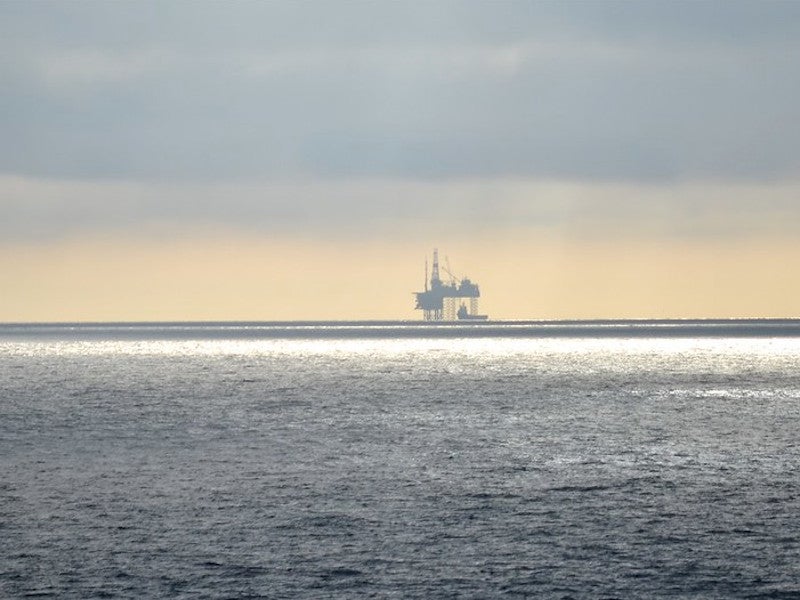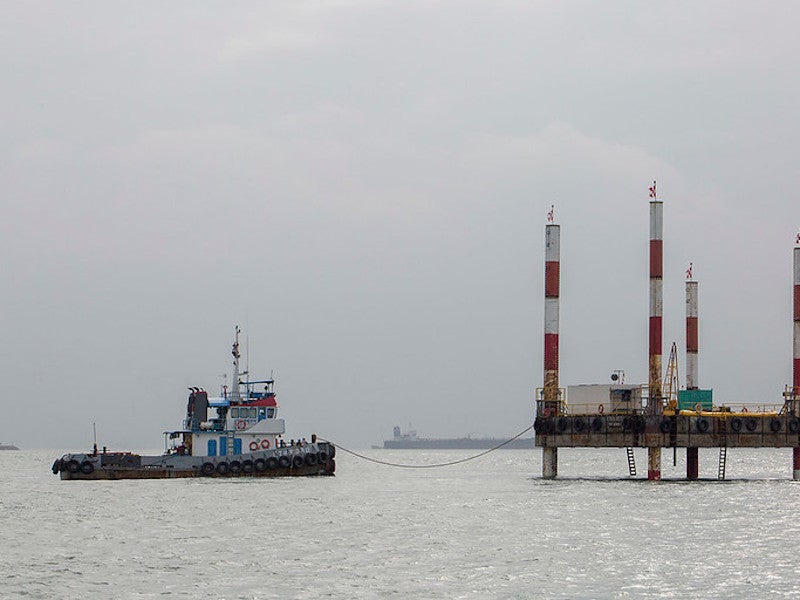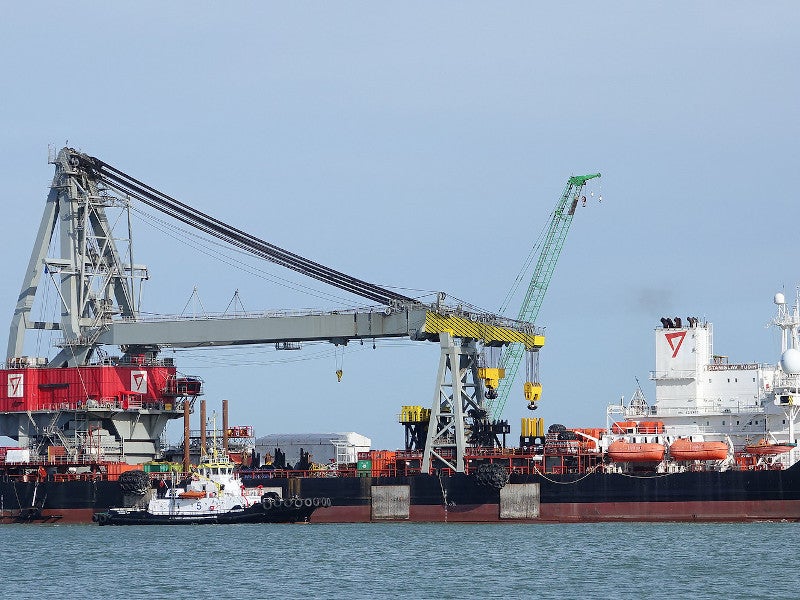The Pickerill gas field located in the UK North Sea is being decommissioned after 26 years of operations.
Owned and operated by Perenco, the offshore gas field comprises two normally unmanned platforms named Pickerill Alpha (A) and Pickerill Bravo (B). Its field operations were permanently shut down after the UK Oil and Gas Authority (OGA) approved a cessation of production (COP) application for the field in July 2018.
Perenco received approval from the UK Offshore Petroleum Regulator for Environment & Decommissioning (OPRED) for a partial decommissioning programme to facilitate the dismantlement of Pickerill A and B installations in March 2019 and initiated works for the same in July 2019.
The OPRED further approved the main decommissioning plan for the Pickerill A and B installations in September 2019.
The Pickerill gas field decommissioning project is scheduled for completion by the end of 2023.
Pickerill gas field location, discovery, and ownership details
The Pickerill gas field is located in Block 48/11 of the United Kingdom Continental Shelf (UKCS), in the Southern North Sea, approximately 65km away from the Theddlethorpe gas terminal (TGT).
The field was discovered in 1984 by the 48/11b-4 discovery well, which was drilled by Conco. Gas production from the field was commenced in 1992.
Britoli Public was the majority stake holder and the operator of the field until 2003, when it handed over the operatorship to Perenco UK.
Perenco UK holds 94.78% interests in the asset, while the remaining 5.22% is held by Marubeni Oil & Gas.
Pickerill gas field infrastructure details
The Pickerill gas field was developed with the Pickerill A and Pickerill B offshore platforms, which have a similar design and layout. The Pickerill A platform that lies to the west of Pickerill B, however, features a sub-cellar deck that was installed in 2014 for the Juliet subsea tie-back.
Both the platforms are connected through a 16in-diameter export gas pipeline (PL818) and a 3in-diameter Methanol pipeline (PL819).
Gas produced at Pickerill was being sent to the Theddlethorpe Gas Terminal through a 24in-diameter gas export pipeline (PL816) from the Pickerill A platform.
The jacket structures of both the platforms are four legged steel frames with 93m-long and 1.5m-diameter internal leg piles driven 58m-deep into the seabed.
Each platform has nine well slots and topsides that are conventional truss steel structures.
The Pickerill A platform also provided tie-back to the Juliet subsea development owned by Neptune Energy.
The two-slot subsea manifold of the Juliet gas field that lies to the west of Pickerill field is connected with the Pickerill A platform through a 22km-long and 12in-diameter pipeline (PL3121).
Pickerill decommissioning background
Perenco decided to decommission the offshore gas field because of declining gas production as well as the closure of the Theddlethorpe gas terminal that received Pickerill gas export. Nor did it find economical any additional investments on rerouting the gas export pipelines and on new appraisal wells near the field.
The Theddlethorpe gas terminal was shut down in October 2018, while Neptune Energy received approval to cease production at the Juliet field in December 2018.
Hydrocarbon free (HCF) campaign and Pickerill decommissioning phases
The decommissioning programme was initiated with a hydrocarbon free (HCF) campaign to plug and abandon the platform wells as well as flush the pipelines using sea water. The HCF campaign was started at the Pickerill B platform with the use of a jack-up barge.
The campaign also involves removal of telecom towers near both the platforms as well as the sub-cellar deck on Pickerill A that comprise the partial decommissioning of Pickerill installations.
The caissons, associated tanks and lift pumps, supply hoses, and pipeline riser emergency shutdown valves (ESDVs) are also removed as part of the partial decommissioning under the HCF campaign.
The decommissioning plan for the Pickerill A and B installation was approved in September 2019, while a separate decommissioning plan for the pipelines associated with the Pickerill was yet to be submitted for approval.
The subsea structures, pipelines, and umbilicals for the Juliet field will be decommissioned separately under the Juliet decommissioning programme by Neptune Energy.
Pickerill A and B decommissioning details
The decommissioning of Pickerill installations will start with the removal of topsides followed by the jackets.
Both the topsides and jackets are planned to be removed as a single lift using a heavy lift vessel and transported onshore for break-up, recycling, reuse, or disposal. The jacket structures are planned to be 100% recycled into steel, while selected equipment on the topsides are planned to be re-used.
Contractors involved
Petrodec, an independent decommissioning specialist based in the Netherlands, has been engaged for the HCF campaign at the Pickerill field.





